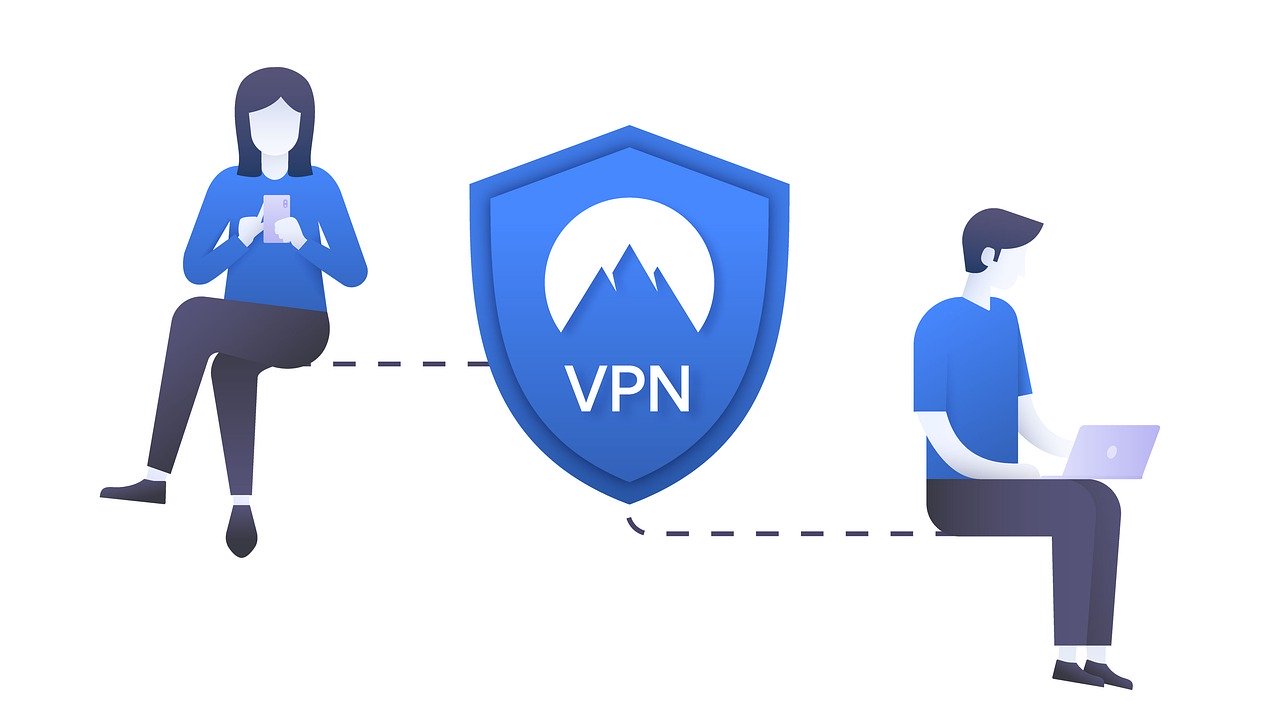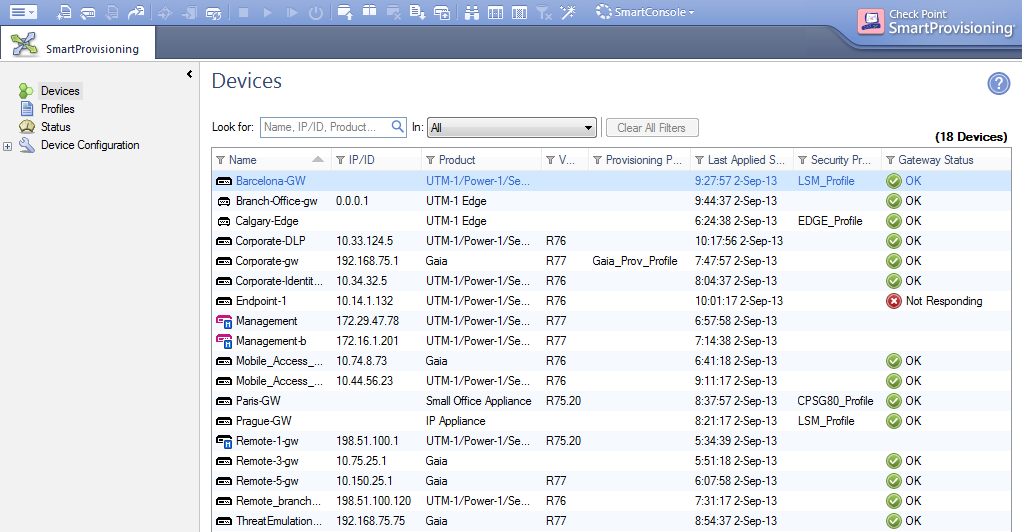

- #Vpn monitor to shut down bittorrent movie#
- #Vpn monitor to shut down bittorrent software#
- #Vpn monitor to shut down bittorrent torrent#
#Vpn monitor to shut down bittorrent torrent#
It is not a party in the present lawsuit about the alleged use of BitTorrent technology for copyright infringement.ĭespite periodic shutdowns and arrest of The Pirate Bay’s creators, it and other torrent directories remain available. It’s worth noting that BitTorrent Inc itself is not associated with The Pirate Bay or any other copyright-infringing torrent directory. This has not stopped authorities – with the strong encouragement of the movie, television and music industries – using the law to attempt to shut down torrent directories for copyright-infringing material such as the Swedish-based The Pirate Bay. Not only is this not particularly costly, it maintains a level of indirection to the possibly copyright-infringing files being shared. The only permanent infrastructure required is a server that has links to “torrents” – the originating seed which maintains a list of the computers in a swarm.
#Vpn monitor to shut down bittorrent software#
For instance, Facebook uses the BitTorrent protocol to transfer software updates to the thousands of servers it uses.īut it’s undeniable that BitTorrent is also very useful for those who want to share copyrighted material. This has a number of very useful non-controversial applications. Other leechers can request the parts you do have even before you have a complete copy.īecause of this cooperation, a very large number of computers can simultaneously get copies of very large files, without putting undue load on any one computer or network link. The software then requests “chunks” of the file from both seeders and leechers. When your software makes a BitTorrent request, you get a list of the IP addresses of a swarm of peers who either have a complete copy of the file (“seeders”, in BitTorrent’s terminology ), or are in the process of retrieving the file (non-seeder peers, or “leechers”). peers) currently offering particular files on a minute-by-minute basis, and a mechanism for requesting a file from another peer.īitTorrent has an additional refinement. Rather than one server providing the files, Napster and Gnutella had central servers that kept track of the IP addresses of computers (i.e.

All we need is a mechanism for finding out which computers have a copy of the file we want and are willing to share it, at this particular moment, and what their IP addresses are so we can contact them and ask for a copy.Īnd that’s precisely what early peer-to-peer file sharing mechanisms such as Napster and Gnutella did. We don’t need to ask the original server for the file – any intact copy will do. Multiple simultaneous requests for them will overwhelm most standard internet servers.Ĭompanies such as Netflix and YouTube therefore need large “server farms” with extremely fast and expensive network connections to meet peak demand.īut there is an alternative approach.
#Vpn monitor to shut down bittorrent movie#
A high-quality full length movie runs to hundreds of megabytes of data that needs to be transferred to the client. Unfortunately, media files – particularly high-definition video for movies – can be very large. This might include a couple of PCs, a few tablets and smartphones or even internet-connected appliances, possibly owned by different people.Ĭlient-server file transfer protocols work well for many purposes.

Furthermore, that “visible” IP address is shared between all the devices connected to a home network. Most home ISPs only provide IP addresses to their customers on a temporary basis. It’s worth noting that the client also has an IP address, but that only has to remain stable for a relatively short period of time, and doesn’t have to appear in any directory. The server retrieves the content and sends it, in its entirety, to the client’s IP address.

Once the browser knows the IP address of the server, it contacts the server and asks for the content as indicated by the rest of the URL. It’s just like looking up a person by name in a phone directory to get their phone number. the client) examines the host name () and contacts a name server to find out the Internet Protocol ( IP) address of the server responsible for hosting “”. When you access a URL, the web browser (i.e. The remaining part of the URL denotes a specific resource (file) on the host server. In this URL, the “https” indicates the protocol and “” is the host name. For example, one of my previous articles at the The Conversation has the following URL: When a browser retrieves a web page or other resource from a web server, the page to retrieve is defined by a Uniform Resource Locator ( URL).


 0 kommentar(er)
0 kommentar(er)
